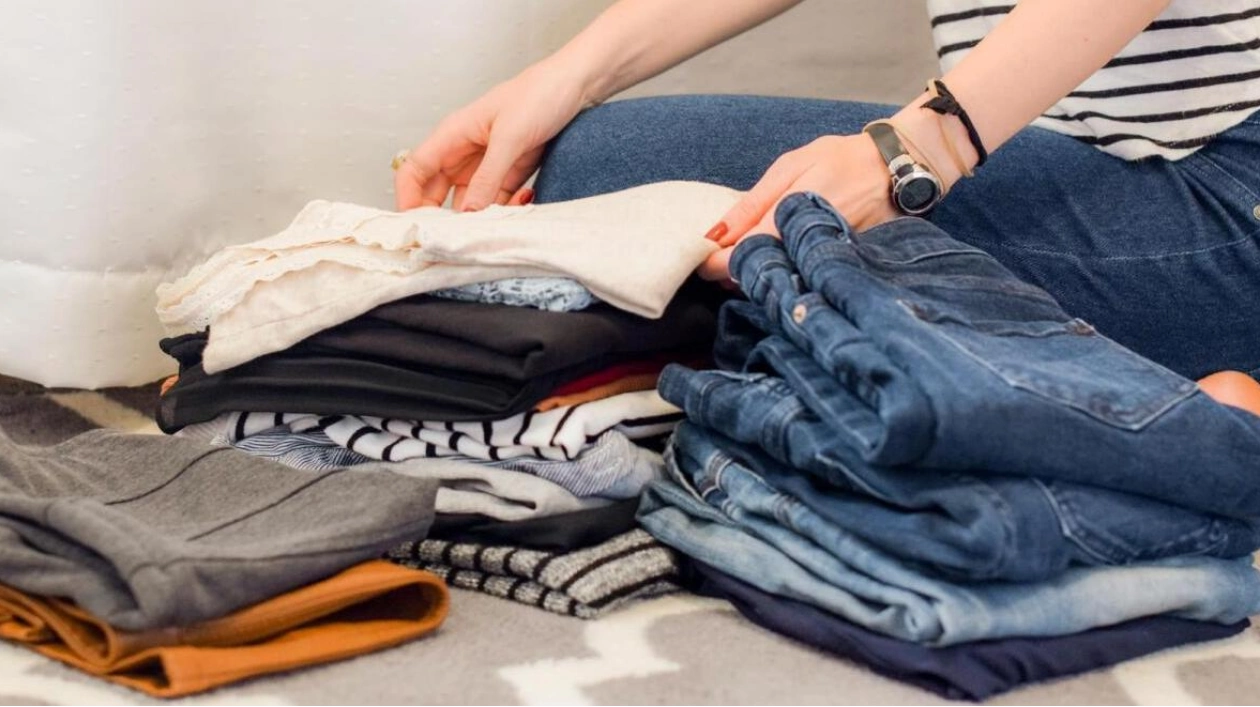If you've recently relocated, you might be surprised to learn that the typical household contains approximately 300,000 items. It's a common practice to cling to possessions, often without recognizing them as clutter. Sentimental attachment is a key reason we hold onto items; they carry memories and emotions. Discarding them feels like discarding a piece of our past, leading to feelings of guilt. Fear also plays a role—fear of letting go, of the unknown, and the worry of future needs. Retaining items provides a sense of security and comfort.
Decluttering is a therapeutic process, and nowadays, there are experts available to assist with organizing spaces. There's a misconception that only hoarders and compulsive shoppers require professional help. Shelina Jokhiya, founder of DeCluttr Me, notes that excessive accumulation of possessions often isn't due to overspending. There are various reasons why people amass so much that they can't let go, and the more it accumulates, the more overwhelming it becomes.
However, feeling overwhelmed is actually the perfect time to start making significant changes in your home and life. Jokhiya offers some straightforward tips to confront clutter:
1. Begin with a small-scale declutter—spend 15-20 minutes clearing a manageable area like a kitchen shelf or a coffee table. Continue this daily to declutter an entire room in a week.
2. After removing items, categorize and organize the remaining items in each area.
3. Adopt the 'Buy 1, Get Rid of 2' rule: when you acquire something new, remove two existing items.
4. If that seems too drastic, use a bag in your wardrobe for items you don't use or fit into, then donate the full bag.
5. Avoid adding more storage; it's counterproductive and a waste of money.
6. Store clean linens in a pillowcase to avoid searching for parts later.
7. Be cautious of bargains; they're not bargains if you never use them.
8. Stop stockpiling items you rarely use.
9. Refuse freebies; the cost of clutter is too high and harmful to the environment.
10. Digital clutter is also a burden. Use the FAT method—File, Act, Toss—to manage emails and paperwork.
11. For a large volume of emails, archive them by year and delete unnecessary ones while watching TV.






